Antwerp, Belgium, is a city with a rich and vibrant history that dates back centuries. Here is a brief overview of its historical development:
- Roman Origins: The history of Antwerp can be traced back to Roman times when it was known as “Aan ‘t werp” (meaning “on the wharf” or “at the bend”) due to its location along the Scheldt River. It served as a small Gallo-Roman settlement and a key trading post.
- Middle Ages: Antwerp’s significance grew during the Middle Ages, particularly in the 14th and 15th centuries when it became a prosperous port and a member of the Hanseatic League. It was known for its trade in goods such as textiles, wool, and diamonds.
- Spanish Rule: In the 16th century, Antwerp fell under Spanish rule as part of the Habsburg Netherlands. During this period, the city was a major center for arts, culture, and commerce. It was also a hotbed of religious and political tension, resulting in various conflicts, including the Eighty Years’ War and the Spanish Fury in 1576.
- Golden Age of Antwerp: In the 16th century, Antwerp experienced a Golden Age, becoming one of Europe’s most important financial and cultural centers. The city was home to artists like Peter Paul Rubens, whose house is now a museum.
- Decline and Dutch Independence: The city’s prosperity began to wane in the late 16th century due to the Spanish Crown’s oppressive rule and the blockade of the Scheldt River by the Dutch Republic. This led to the decline of Antwerp’s port and trade.
- French and Belgian Rule: Antwerp went through a series of rulers, including the French during the Napoleonic era and the Dutch during the United Kingdom of the Netherlands. It finally became a part of an independent Belgium in 1830 when the country gained its independence.
- Modern Times: Antwerp saw industrial growth and a resurgence in its port during the 19th century. The Port of Antwerp has become one of the largest and busiest in Europe.
- 20th Century: Antwerp played a significant role in both World Wars, with the city being occupied during both conflicts. The post-war years saw economic recovery and expansion.
- Contemporary Antwerp: Today, Antwerp is a diverse and vibrant city, known for its cultural richness, fashion industry, and diamond trade. It is also home to the Antwerp Six, a group of influential fashion designers who gained international recognition in the 1980s.
Antwerp’s history has been marked by periods of prosperity, conflict, and transformation, and its past has left an indelible mark on its culture and identity. The city’s historical architecture, museums, and cultural events continue to attract visitors from around the world.

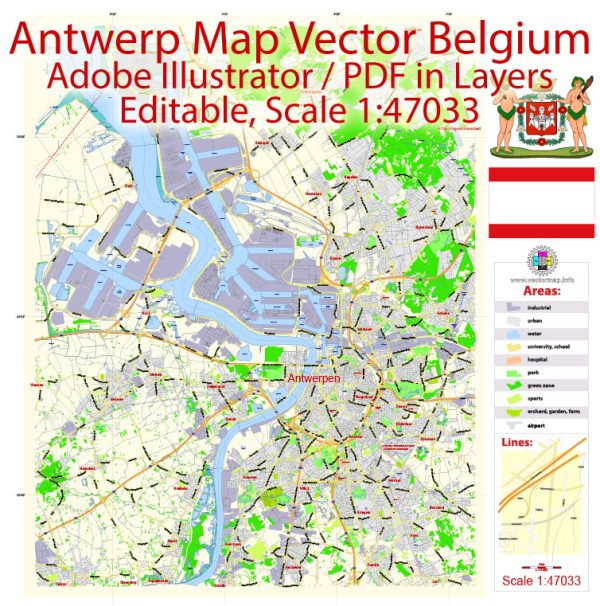
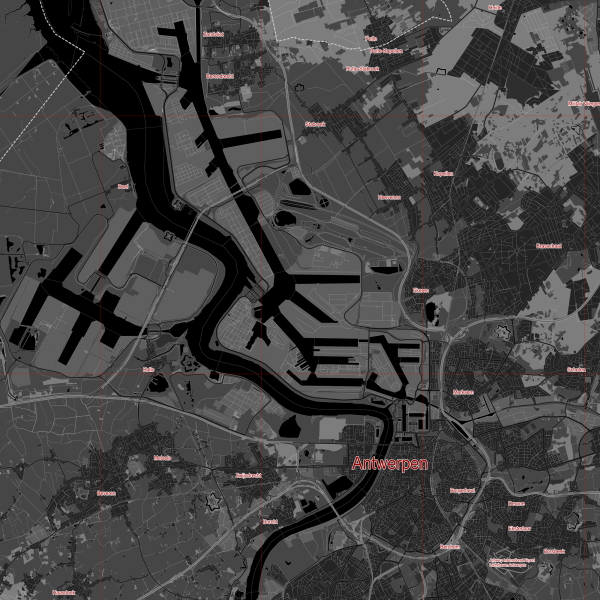

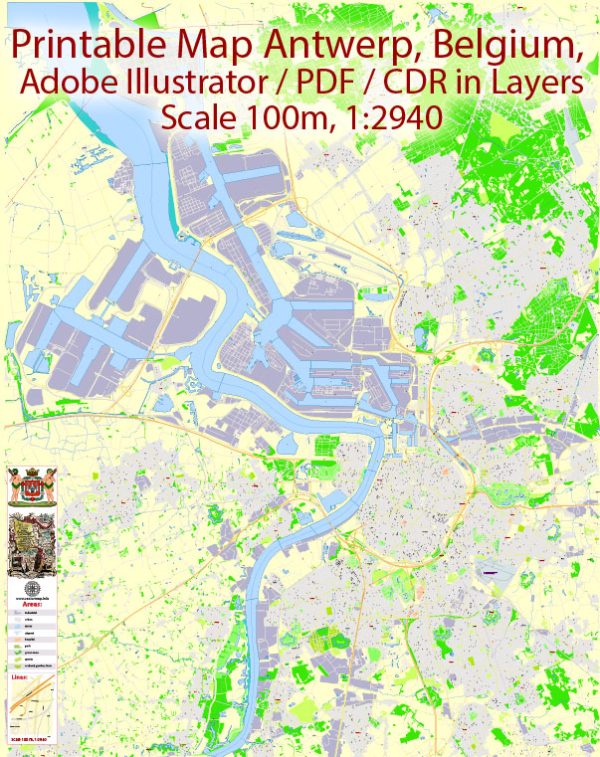
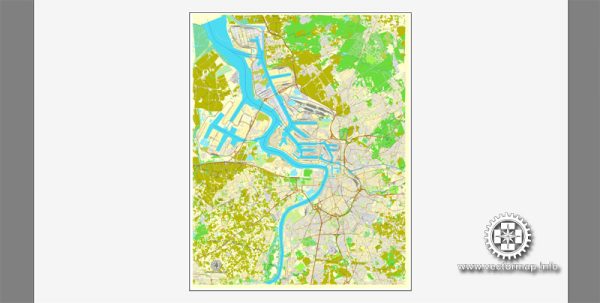
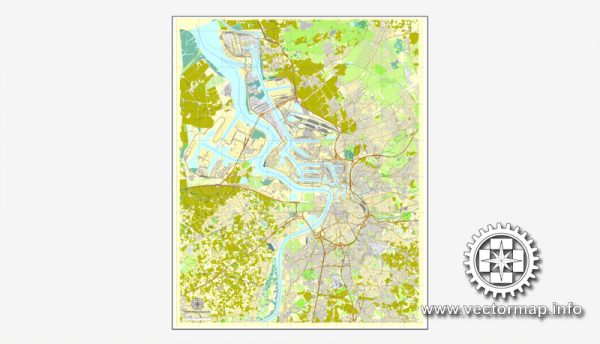
 Author: Kirill Shrayber, Ph.D.
Author: Kirill Shrayber, Ph.D.